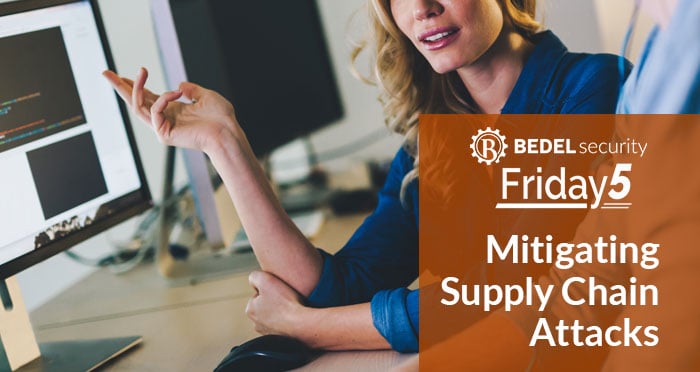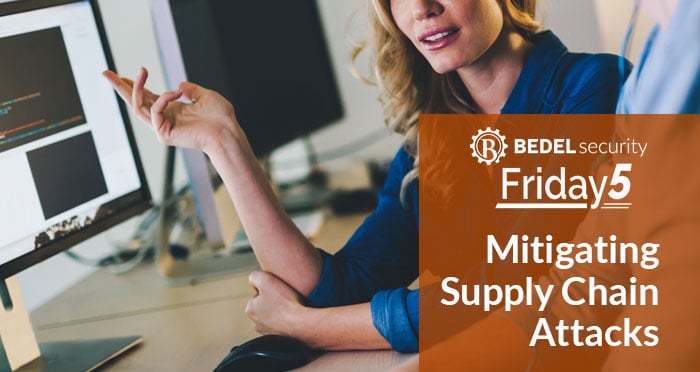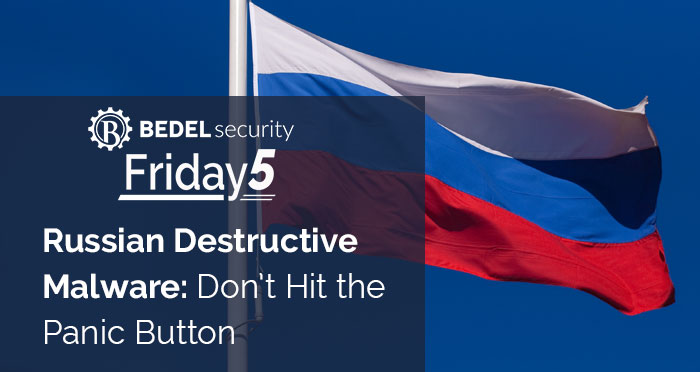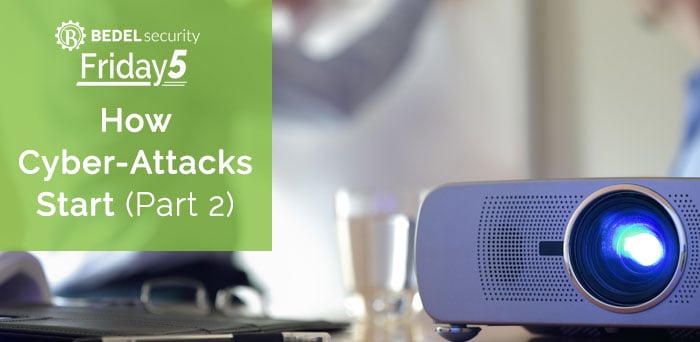Russian Destructive Malware: Don’t Hit the Panic Button
Everyone is on high alert right now because of Russian ransomware attacks as a part of the conflict in Ukraine.


The worst fears of security experts became a reality recently when threat actors maliciously hid malware inside legitimate updates of SolarWinds network monitoring software. When the malware executed, it reached out to an Internet site controlled by attackers. If the attackers believed the compromised company was a suitable target, they would respond in a way that would trigger the malware to install more malware, opening a gateway for the attackers to gain a presence within the network of the target company.
Because the SolarWinds software was “trusted”, security tools did not detect the malware. Once the attackers gained internal network access (often at the administrator level), they could launch other more damaging attacks.
Security experts have feared this type of attack because busy IT departments around the world do not always take the time to implement the proper controls to mitigate these types of attacks.
While SolarWinds was the carrier this time, there are many types of software that are implemented within companies that could just as easily contain compromised code. In this article, we look at some of the controls that IT departments within financial institutions must adopt if they want to stop the efforts of attackers using supply chain attacks. The controls are:
If your institution needs assistance in implementing control sets to protect against supply chain or any other types of threats, or if you have general questions about how the SolarWinds breach may have impacted your institution, shoot us an email at support@bedelsecurity.com.
The Scare of Miscellaneous Errors
https://www.bedelsecurity.com/blog/the-scare-of-miscellaneous-errors
The Virtual CISO Whitepaper
https://www.bedelsecurity.com/the-virtual-ciso-whitepaper
The Most Underrated Control in Information Security
https://www.bedelsecurity.com/blog/the-most-underrated-control-in-information-security
IT Risk Assessment vs. Vendor Risk Assessment Simplified
https://www.bedelsecurity.com/blog/it-risk-assessment-vs.-vendor-risk-assessment-simplified

Everyone is on high alert right now because of Russian ransomware attacks as a part of the conflict in Ukraine.

In Part 1 of this series we started to look at some of the tactics that attackers use to initially gain access to systems in your institution. The...